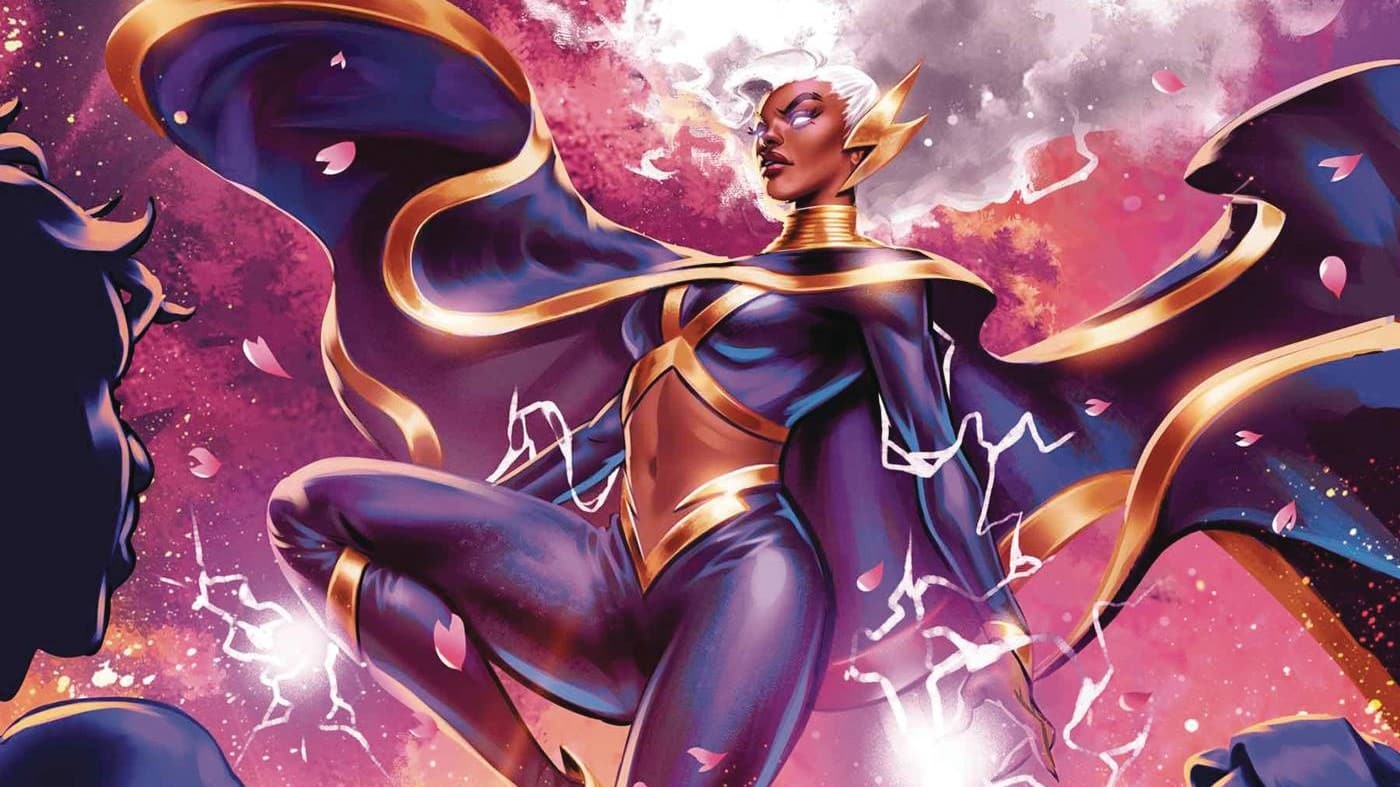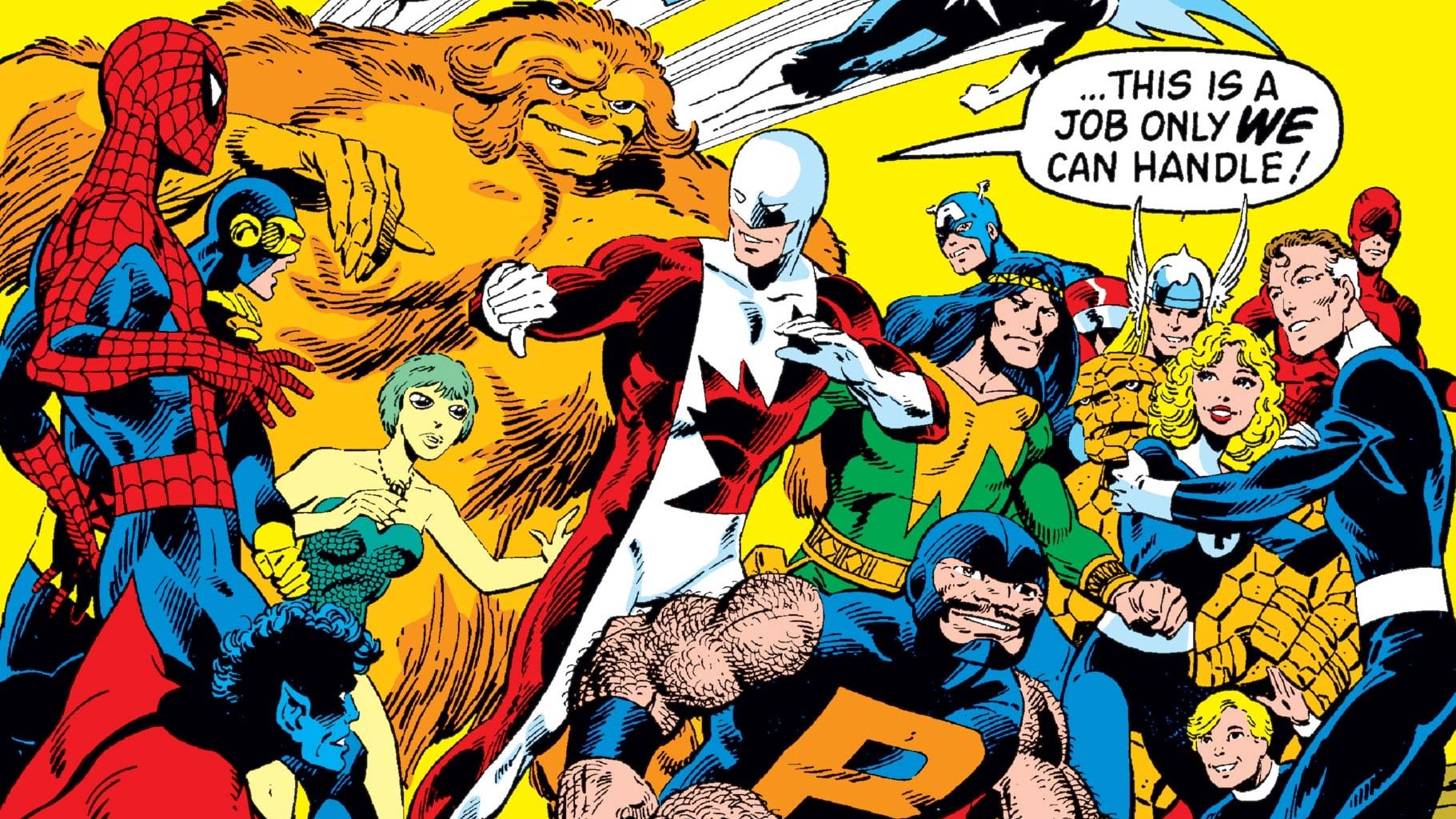Pandemic or no, change was always coming.
According to ICv2 and Comichron, the North American comics and graphic novel market topped more than $1.2 billion in sales last year, an 11% increase over 2018. It was a heady year, topped by bestsellers like Detective Comics #1,000, Spawn #300 and a new X-Men #1.
But those were comics. And in comics, comics aren’t where the money is.
Notable in this year’s report is this quote from ICv2’s Milton Griepp:
“The massive shift to graphic novels as the preferred format for comics continued in 2019, bringing sales in the book channel above the comic store channel in North America for the first time in the history of the medium.”
Book channel sales outpaced sales to comic shops $570 million to $525 million. Not only that, graphic novel sales lapped sales of floppies $765 million to $355 million.
(Digital comics came up a distant third, at $90 million, but those numbers don’t include subscription services like Marvel Unlimited or comiXology Unlimited.)
For context, it’s worth noting that comics sales are to the wider publishing industry what digital sales are to comics. According to Forbes, the American publishing industry did nearly $14.8 billion in 2019.
All of this makes us revisit last week’s editorial, where we praised Marvel for teaming up with Scholastic for a wave of graphic novels, and ask, “The hell took you so long?”
Spurred by the numbers generated by Raina Telgemeier and Dog Man, DC jumped on the middle grade and graphic novel bandwagon two years ago. Image has moved more and more series from floppies to OGNs. Vault is putting some skin in the graphic novel game this fall with Brandon Sanderson’s Dark One. And AHOY Comics invented a holiday to coincide with the bookstore release of its trade of Dragonfly & Dragonflyman.
None of this means publishers are ready to send the floppy or the comic shop the way of the newsstand … but it’s good to hedge your bets.
But here’s the big question: What does this all mean in These Unprecedented Times?
My local comic shop reopened June 29 after a month and change of shipping and pickup service and two months before that where it was closed outright. Because of its reduced hours and my work schedule, I’m now unable to get Wednesday’s books until the following Monday. And I did not make my grand return to the inside of the shop (Yes, I wore a mask) until exactly two weeks after it reopened. And even then, I debated going. All I had in my pull was X-Force #10. Still, I feel a sense of obligation to my shop that transcends the financial one that comes with having a pull. But also still, now it just feels like A Whole Thing.
Bookstores were in the same boat as comic shops during New Jersey’s pandemic peak this spring. (I keep studying the state’s COVID-19 numbers, waiting for the relapse, but that’s a paranoid rant for another time.) So even if comics and graphic novels abandoned the Direct Market entirely (How could you do that to your poor Mamanook?!), there would have been a period of time this year where you couldn’t walk into a physical building to get them. Would you have seen the same charitable outpouring for book retailers as you did for comic shops? Doubtful. Somehow Barnes & Noble doesn’t feel like it fosters the same sense of community.
The point is, between the pandemic and the younger generation’s clear preference for graphic novels, it’s clearer than ever that change isn’t coming. It’s already here. That doesn’t mean the floppy is dead, or the comic shop is dead, but it does mean the time for evolution and revolution is past due.
Bonus Mini Editorial: A Message for Dynamite
Dear Dynamite Entertainment: Do better.
We weren’t crazy about the idea of Scott Lobdell writing a Green Hornet book in the year of our coronavirus/economic recession/social unrest 2020. But we chalked it up to you not bothering to read any comics news sites in the past month. Actually, make that the past decade. We get it, you’re busy.
But then we found you promoting an Indiegogo campaign for a (not very good) Vengeance of Vampirella variant cover by ComicsGate-affiliated artist Donal Delay, and we looked back and realized the first bridge should have been a bridge too far.
We’re not going to sit here and re-litigate why ComicsGate is bad. That’s so 2018. Normalizing these spiteful legends-in-their-own-minds invites a toxicity into the industry that we’re clearly in the process of trying to expunge.
We get it, Dynamite. Your brand is boobs. Vampire boobs. Medieval-ish warrior boobs. Martian princess boobs. And The Boys. Nothing wrong with any of that. And them ComicsGate boys, they love boobs. It seems like a natural pairing.
But you make that pairing at the risk of a loss of support from other corners of the industry. If we had a nickel for every creator, critic and fan who’s tweeted “ComicsGate is a hate group,” we’d have many nickels. And we’ll take a nickel from Bill Sienkiewicz over a nickel from this guy any day.
Anyway …
As we expand our coverage, we won’t be covering any Dynamite Comics publication while they are directly putting money into the pockets of a racist, sexist, homophobic, and transphobic group like Comicsgate.
— Xavier Files (@XavierFiles) July 17, 2020
We’d urge other sites to do the same. https://t.co/QZGMeO44Da
Dan Grote is the editor and publisher of ComicsXF, having won the site by ritual combat. By day, he’s a newspaper editor, and by night, he’s … also an editor. He co-hosts The ComicsXF Interview Podcast with Matt Lazorwitz. He lives in New Jersey with his wife, two kids and two miniature dachshunds, and his third, fictional son, Peter Paul Winston Wisdom. Follow him @danielpgrote.bsky.social.







